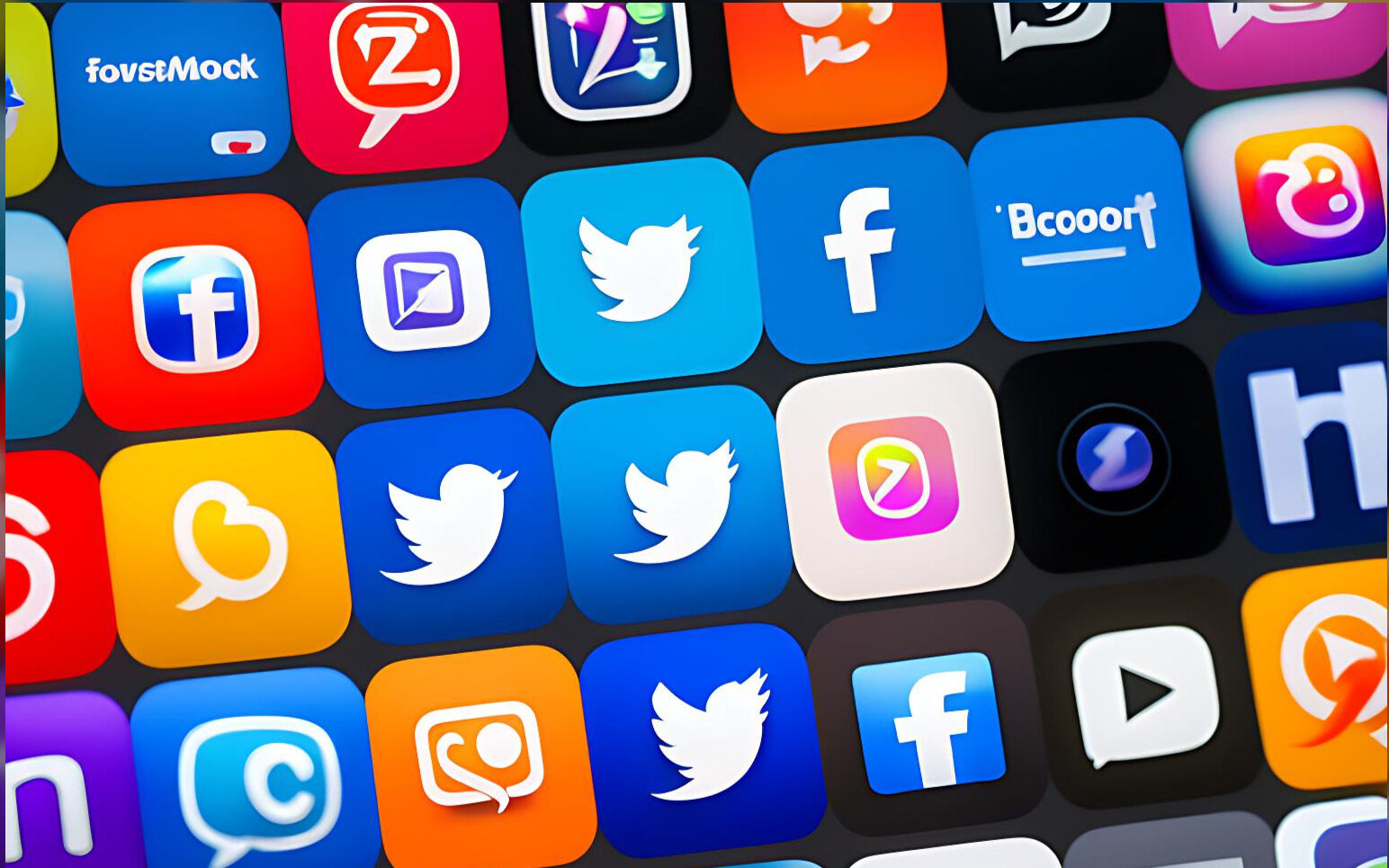Maximise Your Social Media Safety: 6 Essential Strategies
Social Media Safety is an important aspect. Social networking websites such as Facebook, Twitter, and Windows Live Spaces are tools that users can use to link to others to share information such as images, videos, and personal messages. The traffic is pursued by hackers, spammers, virus researchers, identity thefts and other offenders. According to a report social Media attacks increased by 500% in 2016.

Examples of risks to social media security
There are many risks to social media security that individuals and businesses should be aware of. Some examples of these risks include:
- Posting links to websites that install malware on Twitter on Facebook
- Use fake accounts to post fake promotions or discounts that make phishing scams for customers
- Corporate CEOs are impersonated to protect personal data from consumers who think they are speaking to an executive
- Communicate false information to influence the stock price of a company
- Create an illegal brand-related profile to sell to the company wishing to monitor its legitimate content
Price of fraud in the social media
There can be a huge price to pay when social media scams are running efficiently, both by the business that abuses a product and the organization’s consumers.
The cost of fraud on social media can be difficult to quantify, as it depends on the specific circumstances of each case. However, some possible costs of social media fraud can include:
- Financial losses: If a scammer is able to obtain personal information or financial details from a victim through social media, they may be able to make unauthorized transactions or purchases using this information. This can result in significant financial losses for the victim.
- Reputational damage: If a scammer impersonates a business or individual on social media, it can damage the reputation of that business or individual. This can lead to lost customers or opportunities, and may also require significant effort and resources to repair the damage.
- Emotional distress: Social media fraud can be emotionally distressing for victims, especially if they have been targeted by a sophisticated scam or have lost a significant amount of money.
- Legal costs: If a victim decides to pursue legal action against a scammer, they may incur significant legal costs.
Overall, the cost of social media fraud can be high, both in financial and emotional terms, and it is important to be vigilant and take steps to protect yourself from falling victim to these scams.
Best practices of social media safety
Social media safety is an important aspect of protecting yourself and your personal information from fraud on social media. There are several steps that you can take to ensure your social media safety and reduce the risk of falling victim to fraud
- For each social network, using unique passwords
It’s a hassle, but you don’t use the same code for Twitter as you do for, say, Facebook, Instagram and other social tools, it’s also absolutely essential. Using a single password makes it easy for hackers to gain access to one means to gain access to all–and imagine how difficult it will be when you find yourself locked out of your entire online life. - Know what you’ve posted about yourself
Clicking the “Forgot your password?” is a common way that hackers break into financial or other accounts.”Link to the login page of the account. They search for answers to your security questions on your social networking site to break into your account, such as your birthday, home town, high school class, father’s middle name.If the web allows, ask your own password questions and don’t pull them from content that anyone with a quick search will find. - Suppose all you put on a social networking site is permanent
Even if you can delete your account, you can quickly print photos or text on the Internet or save images and videos on a computer. Go with an assumption that it’s all permanent. - Change your social media account passwords regularly
Randomize them, don’t repeat them, and don’t use common data points like names, birthdays, or mouthpieces. - Do not list company vacation times on social media
This kind of information could allow the public to know about vulnerable times when you don’t have staff on hand to handle a hacking attempt. - Keep password strong
For one’s social network profile, protection is as critical as it is for your computer or any other account. Creating a powerful password will prevent hackers from accessing their own account and using it to post spam or malicious attacks.
Conclusion
In conclusion, social media safety is an important concern for everyone who uses these platforms. By following these seven essential strategies, you can maximize your social media safety and protect yourself from scams, fraud, and other online threats.






